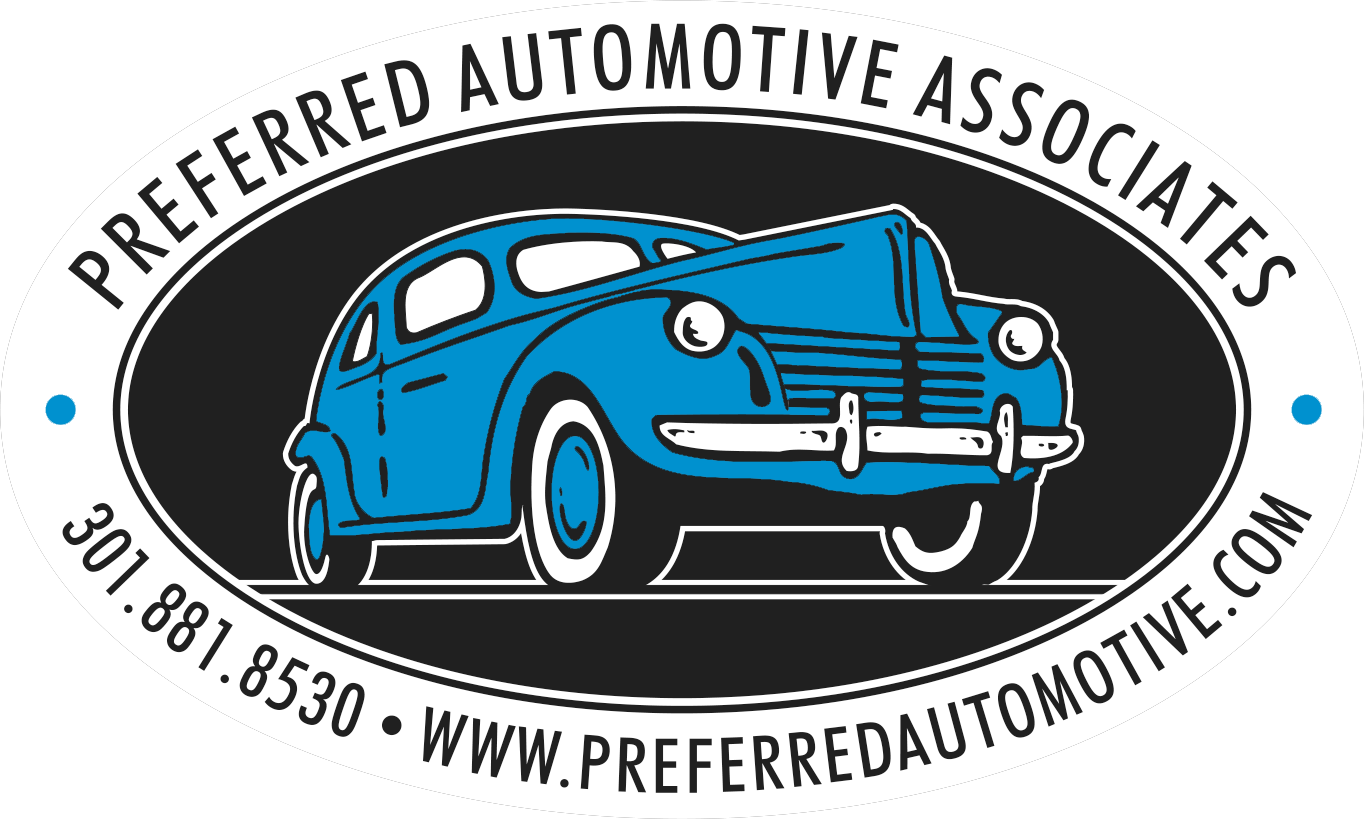In the intricate symphony of car mechanics, there's an unsung hero who plays a pivotal role yet often remains hidden from the spotlight – the driveshaft. This unassuming component is the bridge that connects your vehicle's power source to its wheels, allowing you to cruise down the road with effortless grace.
The Driveshaft: A Mechanical Maestro
To comprehend the driveshaft's significance, picture it as the conductor of a symphony. Its primary task is to transmit torque (rotational force) from the transmission to the wheels, enabling your car to move. In simpler terms, it's the bridge that carries power from the engine to the wheels, ensuring your vehicle moves forward.
It's important to note that drive shafts come in a few different types. They include solid, hollow, and composite materials. The choice depends on the vehicle's design and intended use. They can also be made from different materials - the most common ones being steel and aluminum.
Precision is key when it comes to the driveshaft. Even the tiniest imbalance can lead to vibrations and potential damage to other components. Hence, driveshafts are carefully balanced during manufacturing.
Signs of Driveshaft Trouble
Now that we understand the driveshaft's role let's delve into how you can recognize when it's time for repairs:
Vibration
One of the most common signs of driveshaft trouble is vibrations, especially during acceleration. If you feel unusual vibrations, it could indicate an issue with the driveshaft or its joints.
Strange Noises
Pay attention to any clunking or rattling sounds, especially when shifting between drive modes or while driving. These noises could be due to loose or damaged driveshaft components.
Difficulty Turning
If you notice difficulty turning your vehicle or a clunking sound when making sharp turns, it might signal driveshaft problems. This could be due to worn-out U-joints or a damaged CV joint.
Visible Damage
Perform a visual inspection of the driveshaft if possible. Look for any signs of physical damage, such as dents, cracks, or bent sections.
Leaking Grease
Driveshaft joints are often lubricated with grease. If you notice grease splatters or leaks around the driveshaft, it could indicate a failing joint.
When to Seek Repairs
If you experience any of these signs, it's crucial to consult a qualified mechanic promptly. Ignoring driveshaft issues can lead to more extensive and expensive repairs down the road. A professional assessment will determine whether the driveshaft needs repair or replacement.
When it comes to driveshaft maintenance or repairs, Preferred Automotive is here and ready to take on even the hardest tasks! Our techs will make sure to do things the right way, ensuring some of the best results possible!
